Your cart is currently empty!
How to Care for a Toddler’s Teeth
Are you wondering how to care for your toddler’s teeth? This is the very question I have been asking myself lately.
My daughter is almost 15 months old and I currently let her brush her own teeth or brush for her with a wet baby toothbrush – no toothpaste – in the morning and evening. Her pediatrician assured me toothpaste (which will just be swallowed anyway) is not necessary for a while.
However, now that she is getting older and eating more and more foods, I have recently been wondering how exactly I am supposed to be caring for my toddler’s teeth. And I’m sure there are other toddler mamas out there wondering the same thing, so let’s find out!
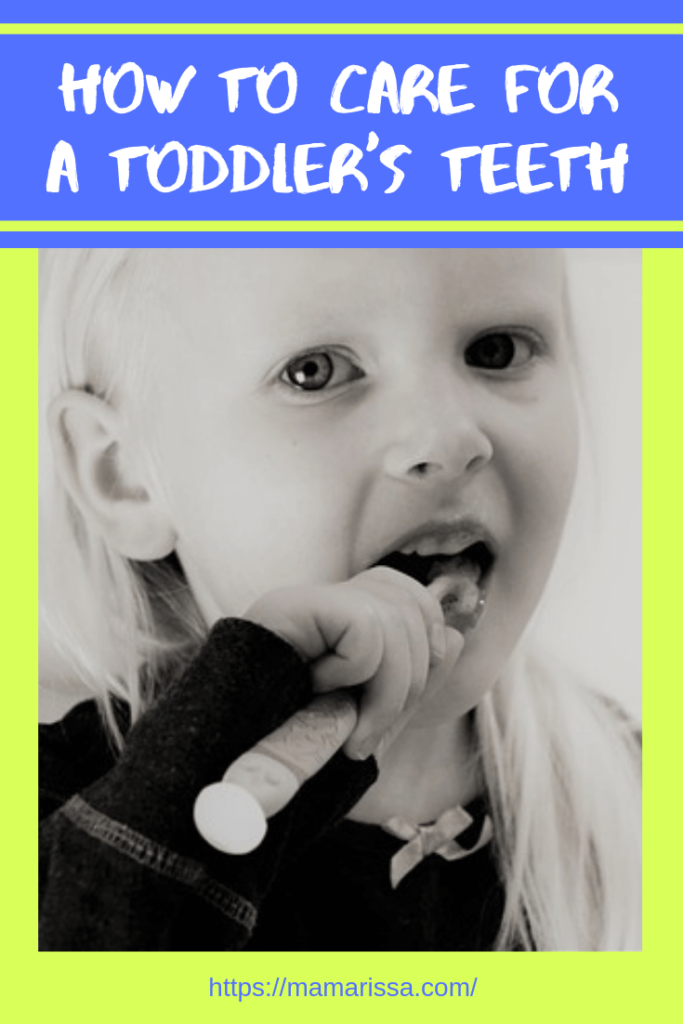
What are the Recommendations for Toddler’s Teeth?
Of course, it’s always a good idea to ask your child’s pediatrician or dentist about the best way to care for a toddler’s teeth. But if you’re like me, you will want to do your own research in addition to that. It’s always helpful to get the opinions of several health and oral experts, so let’s see what they have to say.
In 2014, the AAP (American Academy of Pediatrics) began recommending the use of fluoridated toothpaste as soon as a baby’s first tooth appears. The recommended amount is a smear the size of a grain of rice until the child is three at which point a pea-sized smear should be used.
However, the CDC (Centers for Disease Control) recommends using only plain water with a soft-bristled toothbrush when teeth first appear, taking your child to the dentist by the age of one to spot early problems, and asking the dentist about applying a protective fluoride varnish on your child’s teeth to prevent tooth decay.
The ADA (American Dental Association) states that a lot of American children use too much toothpaste (which is usually swallowed by young children), so it is recommended that parents monitor and help with brushing.
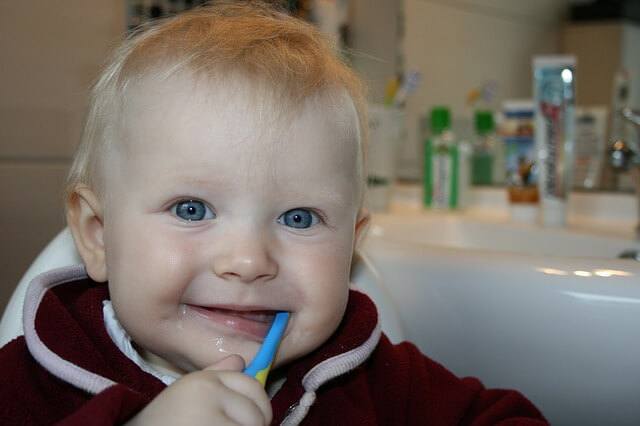
All of these opinions stem from an attempt to protect a toddler’s teeth from cavities (also referred to as caries) while also limiting how much fluoride is swallowed, the consequences of which will be discussed in the paragraphs below.
Why Use Fluoridated Toothpaste in Young Children?
Fluoride is a natural substance found in water, air and soil, and there are also synthetic forms of fluoride which can be taken as supplements, added to water supplies and put into dental products. Fluoride is known to help create a barrier in the tooth enamel which protects against the bacteria and acid that food leaves behind on our teeth.
The discovery that fluoride helps prevent cavities was made as far back as the 1930s when it was observed that communities drinking fluoridated water had less cavities than communities drinking unfluoridated water (Source). This finding eventually lead to the controversial artificial fluoridation of community drinking water in most areas of America.
You can read the fascinating story of how fluoride was discovered to prevent cavities here. Eleven years after Grand Rapids, Michigan became the first city in the world to fluoridate its water supply in 1945, children’s tooth decay rates went down by 60%! This validated theories that fluoride is effective at protecting against cavities and jumpstarted the widespread use of fluoride in America.
But fluoridating the water does not seem to be enough since an article by the AAP Journal states that tooth decay is currently the most common chronic childhood disease in America, and it effects impoverished and minority children the most.
The article notes that since only 1.5% of infants go to the dentist, lack of attention to oral health is one of the culprits responsible for tooth decay in children. Poor oral health has been shown to contribute to other health problems as well as continuing dental problems down the road.
Update 6/27/2024: Several months after writing this post, I discovered severe decay on my daughter’s teeth which propelled me into much more in-depth research on this topic. One of the things I have learned is that tooth decay is not a “poor” childhood disease. Children from all socioeconomic backgrounds and all levels of health consciousness are at risk of developing early childhood caries. Over the past several years, I have gained more knowledge and experience than I ever imagined I would need in this area and I have written multiple posts detailing my discoveries. Read the first of my many posts on childhood tooth decay here.

The CDC similarly states that children who drink fluoridated water have fewer cavities, as do those who brush with fluoridated toothpaste. They also note that applying a fluoride varnish to baby teeth reduces cavities by 33%.
The presence of fluoride in water supplies (whether natural or artificially added), while pretty effective, does not always seem to be enough to protect against all too common cavities in children.
Using a combination of ingested and topical fluoride is more effective at preventing tooth decay than using only one method, particularly in high risk individuals (Source). Hence, the need for fluoridated toothpaste.
Is Fluoride Safe?
As with any unnatural medical intervention, I cannot help but question the long-term effects of so much fluoride use, particularly in very young children. So is fluoride really safe to use and ingest for our precious little toddlers?
The main concern you will read and hear about is that using fluoride with babies and toddlers may lead to fluorosis, which is mainly an aesthetic problem causing white marks (or in rare severe cases, brown marks) on the teeth.
However, very severe cases of fluorosis may also cause damage to the teeth. Children living in communities where fluoride levels in the drinking water are near the upper limits of what is currently considered “safe” are at risk of having more severe fluorosis (Source).
There is also a possibility of developing skeletal fluorosis as well as increased bone fractures with excessive exposure to fluoride, but the level of risk at the current fluoride limits in drinking water is unclear (Source).
More seriously, multiple studies have shown higher levels of fluoride in drinking water to be associated with lower IQ scores in children. As a matter of fact, over 400 studies have proven fluoride to be a neurotoxin capable of causing brain damage (Source). That is a little scary, although this requires more research to determine what levels of fluoride exposure are toxic.
However, current water fluoride levels have been shown to effect the endocrine system, including thyroid function and timing of puberty. These effects are especially of concern for young children whose systems are still developing and maturing (Source).
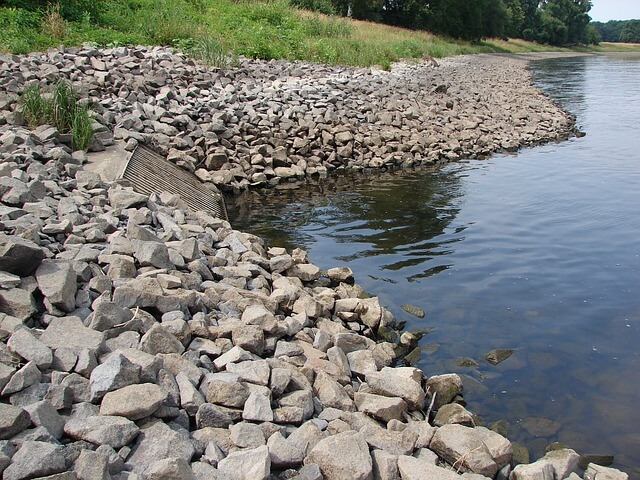
And as with every questionable substance, the carcinogenic effects of fluoride have also been studied – with more reassuring findings. While it has been debated whether fluoridated water contributes to bone cancer, the NCI (National Cancer Institute) references multiple studies that have been done which do not show any relationship between fluoride use and bone cancer.
The ACS (American Cancer Society) also looked at numerous studies and expert reviews of studies and concluded that there is currently no reliable link between drinking fluoridated water and developing bone cancer, although further investigation may be necessary.
The overall consensus of those who are willing to question fluoride safety seems to be that the research is inconclusive in a lot of areas, and more high quality studies are needed before we can truly know the extent of any long-term effects as well as how much fluoride ingestion causes negative health outcomes.
Are There Other Preventative Measures that Can be Taken?
Besides good dental hygiene and regular dental exams, the other obvious way to prevent tooth decay is with a healthy diet. Our children’s teeth get smothered and coated in everything they eat, so choosing to avoid or limit foods that increase unhealthy bacteria in the mouth can go a long way in prevention.
Most of us probably realize that sugar consumption contributes to tooth decay (among other health problems) and that American children in general eat far too much sugar. But sugar is not the only food that contributes to cavities.
Cleveland Clinic notes that along with sugar, carbs and starches are some of the main culprits in tooth decay, particularly when they remain on the teeth for a long period of time. These culprits include seemingly innocent foods such as bread, milk and fruit juice.

One of the ways to limit your child’s risk for tooth decay – in addition to avoiding giving him or her excessive amounts of these foods – is to brush his or her teeth (or at least offer water to drink) whenever these foods are consumed.
The NIH (National Institute of Health) notes that it is also important to monitor how often your child eats throughout the day. The natural processes the mouth utilizes for cleansing the teeth and other oral surfaces is hindered when food is constantly adding more bacteria to the mouth. The NIH recommends limiting snacking between meals.
To avoid baby bottle tooth decay, it is important to not let your infant fall asleep sucking on a bottle filled with formula or juice. The Illinois Department of Public Health also recommends giving your child a cup to drink from at 6 months of age and weaning from the bottle entirely by age one.
They also do not recommend drinking from a bottle throughout the day or giving your baby a pacifier sweetened with sugar, honey, etc.
They also do not recommend nursing through the night, although the idea that this contributes to tooth decay has been challenged. Breast milk does not contain the same sugar as cows milk and it actually contains an element that kills the bacteria responsible for tooth decay.
Milk also does not pool in the mouths of nursing babies the way it does when liquid flows freely from a bottle, which means nothing is left clinging to the teeth throughout the night.
I am all for natural preventions and remedies, so the simple task of watching what and when my daughter eats is something I would implement more readily than having fluoride varnish applied to her teeth. However, for higher risk children who already have signs of tooth decay, a more aggressive strategy may be necessary.
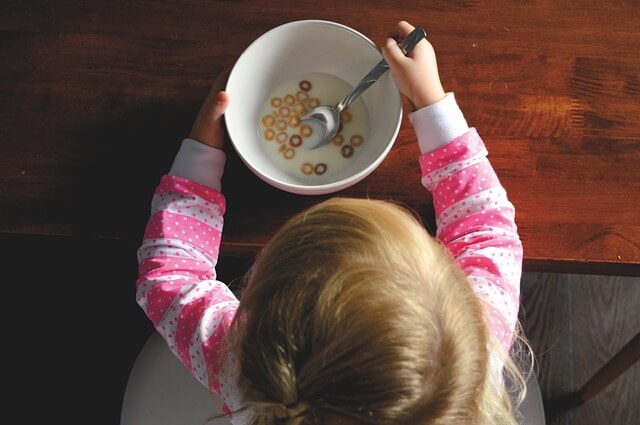
What is a Mama to Do with this Information?
Doing the research for this post has been extremely interesting and enlightening for me, but at the end, I still found myself wondering how I should care for my toddler’s teeth. Knowing there are both risks and benefits to fluoride use, I could not decide if I need to start using toothpaste on my daughter’s toothbrush or not.
And then it hit me. I suddenly knew without a doubt that I should not use fluoridated toothpaste until she’s older (probably closer to two as the AAP used to recommend) for one very basic reason: That toothpaste, no matter how beneficial it may for her tooth enamel, will not even end up on her teeth – it will end up in her stomach!
I have pretty much come full circle from where I started, yet I understand so much more about teeth and oral health and caring for a toddler’s teeth than I used to. I plan to keep asking questions so that I can continue to make the best decisions for my daughter’s oral and overall health, and I hope you will do the same.
Tell me how you care for your toddler’s teeth in the comments!
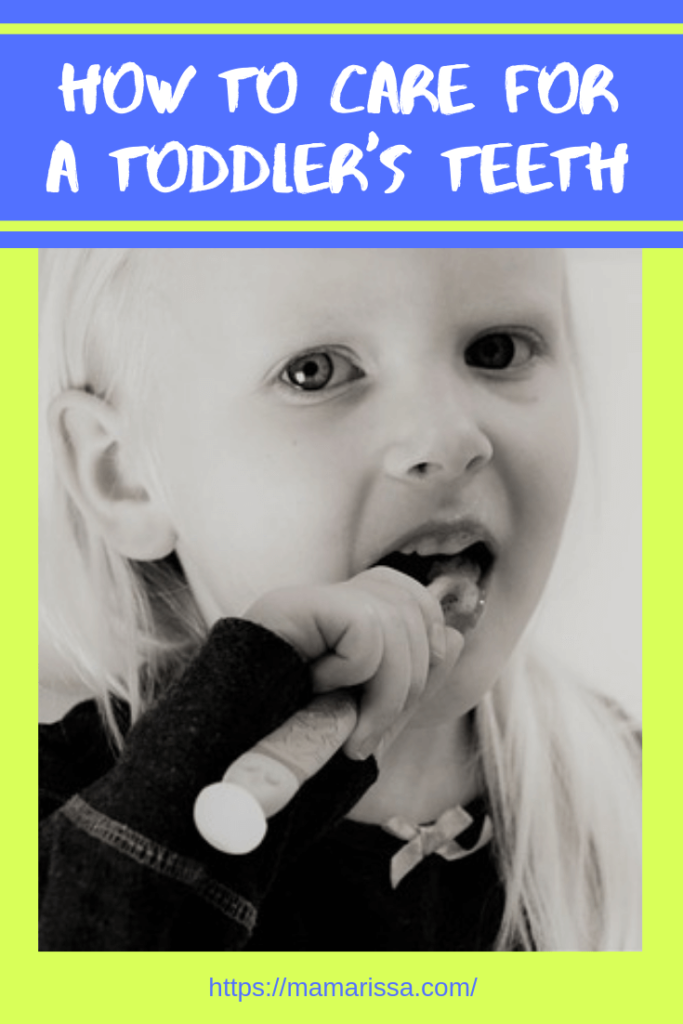

One response to “How to Care for a Toddler’s Teeth”
[…] wrote a post not quite a year ago on caring for a toddler’s teeth. After doing the research for that post, I determined I was doing the best thing by brushing my […]



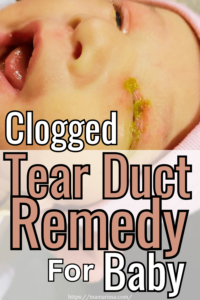
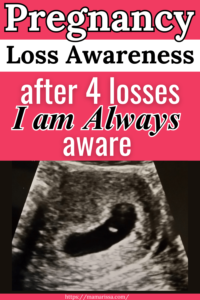

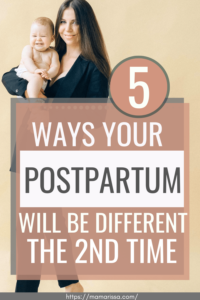


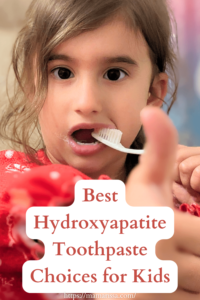
Leave a Reply